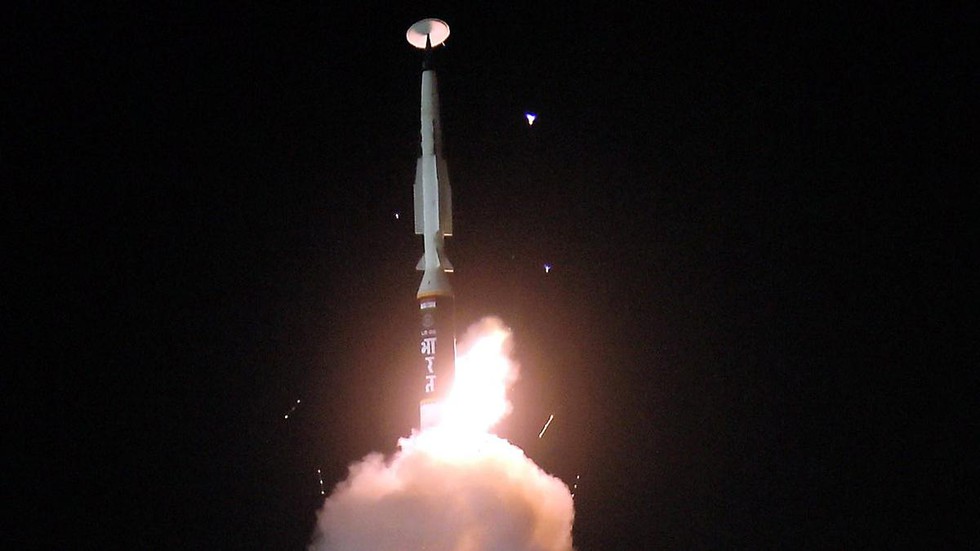About Long-Range Hypersonic Missile:
- The missile can carry various payloads for ranges greater than 1,500 km for the Armed Forces.
- It has been indigenously developed by laboratories of the Dr APJ Abdul Kalam Missile Complex, Hyderabad, along with various other DRDO labs and industry partners.
What are Hypersonic missiles?
- The term “Hypersonic” refers to a speed at least five times the speed of sound (also called Mach-5).
- Another key feature of such missiles is manoeuvrability, setting them apart from a ballistic missile that follows a set course or trajectory.
- Hypersonic Cruise Missiles use scramjet engines to sustain hypersonic speeds throughout their flight, flying at lower altitudes and also possessing manoeuvrability.
- The two types of hypersonic weapons systems are Hypersonic Glide Vehicles (HGV) and Hypersonic Cruise Missiles.
- The HGVs are launched from a rocket before gliding to the intended target while HCMs are powered by air-breathing high-speed engines or ‘scramjets’ after acquiring their target.
- Advantages of hypersonic missiles
- Hypersonic weapons can enable responsive, long-range strike options against distant, defended or time-critical threats (such as road-mobile missiles) when other forces are unavailable, denied access or not preferred.
- Conventional hypersonic weapons use only kinetic energy, i.e. energy derived from motion, to destroy unhardened targets or even underground facilities.
- They fly at lower altitudes than ballistic missiles, which means that they may be harder to track at long distances with some surface-based sensors, such as certain radar
- Russia and China are believed to be ahead in developing hypersonic missiles while the US is developing a range of such weapons under an ambitious programme.
